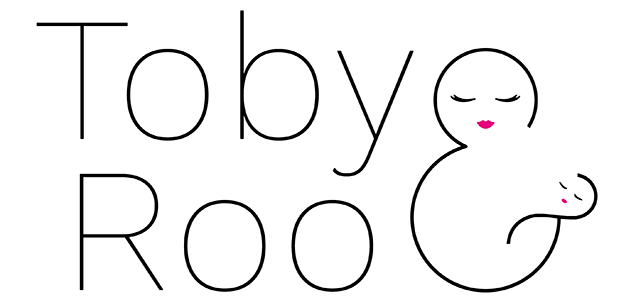Growing plants indoors is one of the best ways to bring elements from the natural world into your home. This is even more important if you live in a concrete jungle; if you don’t really have access to green spaces near you, growing plants indoors can be a very good idea. Plants can bring a long list of advantages to your life, as they can make you more productive, sharpen your attention, reduce stress levels, or improve air quality.
Also, as plants are part of nature, they can calm your mind while also enhancing the aesthetic of your home. For example, with the right houseplants, you can liven up a space. Plants can also be the best decor you might need in your home, as they can add the perfect touch of color. Other than this, growing a plant can teach you essential lessons, like the importance of patience and discipline. In the end, the process of growing a plant is gratifying, as you get to see that your efforts have been worthwhile and you have grown healthy and thriving plants.
However, if you are a beginner in the fascinating world of growing indoor plants, then you should equip yourself with the correct information. This is an imperative step, as you surely don’t want your plants to die. Don’t worry, as we will try to help you in this regard and offer you all the information you need so that your plants can grow bigger, stronger, and healthier. Are you ready to discover them? Keep reading.
Image source: https://unsplash.com/photos/green-leafed-plant-NwBx723XaHw
Choose the right plants for you
When you pick plants for yourself, your first thought might be to choose them solely based on their looks. However, if you want to grow healthy and thriving plants, you must pay more attention and consider other aspects as well. This applies even more nowadays when you have a large variety of options from where to choose something that perfectly matches your preferences and lifestyle. When you are picking a plant, you also need to think about its location in your house, how much light it will have, and the care it needs.
If you don’t have that much experience with plants, it can be better to start with those that survive with minimal care. Sometimes, the other chores in your life can get in the way, and with all the stress and worries you have on yourself, you might forget and neglect your plant unintentionally. This is why it is a better idea to begin with drought-tolerant and low-maintenance plants so that you can really see what this plant parenthood feels like. Some good examples are ZZ plants, succulents, and snake plants. For them, you just need to pick the right flower pots and ensure they have enough light.
Soil can be what your plants need to grow strong and healthy
The right soil can really help you grow healthy plants, as houseplants need to have a strong root system. A high-quality potting mix can offer healthy roots, as from this mix, the plants can balance moisture and good aeration. However, you need to check the individual needs of plants, as they can depend. For example, succulents and cacti might need a special soil mix that is similar to what they have in their natural habitat.
Repot when needed
A plant also needs a proper pot to be able to grow and thrive. This is why you need to pay attention to signs that your plant tells you it needs a new container. One of these signs is that you see roots have started to poke out the drainage holes. Another one is that water doesn’t really saturate the soil. On elho, you will find a large variety of high-quality pots you can consider when you want to repot your plants. As a general rule, you should choose a pot that is larger than the previous one with approximately two inches in diameter. If you move your plant to a pot that is too large, the soil can remain too wet, and this won’t offer your plant all the right conditions it needs.
Water properly
Water is an essential component when you want to grow healthy plants, so you must understand how much and how often you should water your plants. The right sign that tells you whether it is time to water your plant is to check the soil with your finger. If the soil is dry, then it is time to water your plants, but if the soil feels a little damp, it is better to wait between your waterings. Besides this, you might also see some visual signs that tell your plant needs more water, like the fact that the leaves are starting to droop or wilt.
Additionally, it is important to use room-temperature water. If you use too cold or hot water, your plant might experience a shock, and as a result, you might damage the roots.
Offer enough light
Lighting also plays a vital role in whether your plants are healthy and strong or not. Now, each plant has its special needs, and some might want low light, bright direct light, or bright indirect light. So, it is essential to check this factor to ensure you care for your plant as you should. Unfortunately, there can be cases when your house might not benefit from great natural light. In that situation, you can either pick houseplants that can grow in low light or invest in LED grow lights.
Your houseplant can tell you that it doesn’t benefit from enough light. For example, one of these signs is the fact that the edges are becoming dry, the leaves turn brown or are losing color. In these scenarios, your plant might get more light than it needs. If you see your plant is stretching towards more light, then it needs more light.
Growing plants is a very rewarding journey, and with the right guidance, you can surely have healthy and thriving plants that will bring plenty of advantages to your house.



